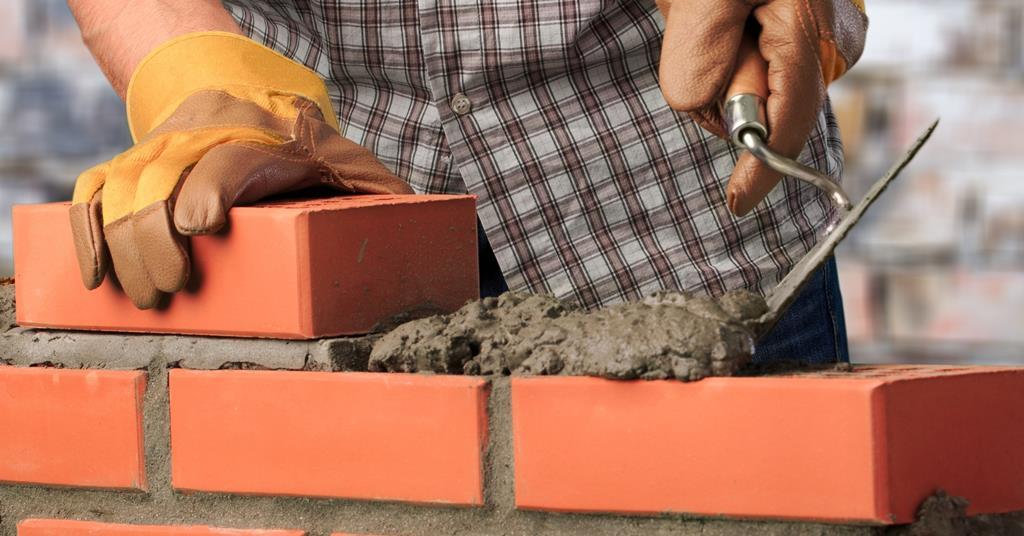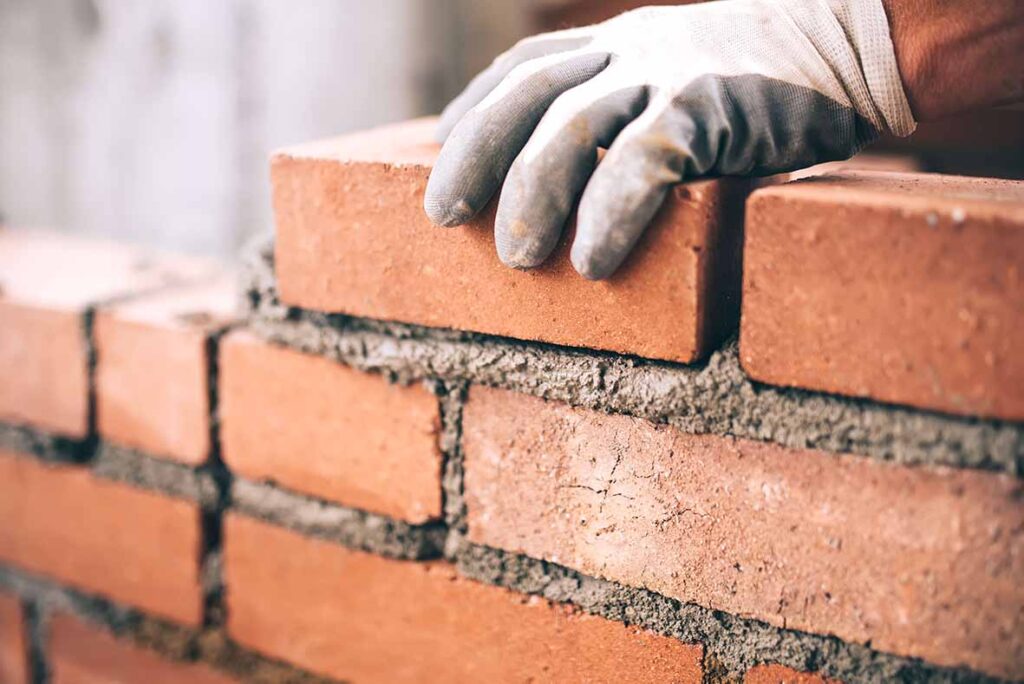The process of bricklaying is a fundamental and time-honored construction technique that has played a pivotal role in shaping the built environment throughout history. One of the most intriguing aspects of this age-old craft is the question of just how many bricks can be laid in a single day.
It’s a query that has fascinated builders, architects, and curious minds alike, as it touches upon the efficiency, skill, and precision required in the construction industry
However, the number of bricks that can be laid in a day depends on several factors, including the skill and experience of the bricklayer, the type of bricks being used, the complexity of the bricklaying pattern, and the working conditions. On average, a skilled bricklayer can lay between 300 and 500 bricks in a day.
So, stay with us on a quest to discover the mysteries of the art of laying bricks, one of civilization’s key building elements.
Factors Affecting Bricklaying Productivity

Weather Conditions: Weather can be an invaluable ally or a formidable adversary to a bricklayer’s productivity. In frigid temperatures, progress can be hampered, even on a favorable, extended workday, with a potential limit of up to 1000 bricks laid—providing there is a proficient team in tow.
Further, the bricklayer’s effectiveness is intrinsically linked to the speed and competence of their laborers, who are indispensable for brick supply and mortar mixing. Additionally, unfavorable weather, such as rain, can stall operations, particularly when handling moisture-resistant engineering bricks.
Type of Wall: The type of wall under construction plays a pivotal role in determining the work pace. Straight walls bereft of face bricks and wall ties can be erected at a rate of no less than 1200 bricks daily. Nonetheless, such uncomplicated walls are a rarity, and most projects entail corners, which can demand considerable time, especially when managed by a solitary seasoned bricklayer.
Additionally, taller walls featuring prominent face bricks necessitate heightened precision and intricate bonding, frequently involving brick cuts. The choice between weather pointing or joint raking further impacts the bricklayer’s efficiency, introducing added constraints.
Payment Structure: The method of remuneration can significantly influence a bricklayer’s motivation and approach to their craft. Compensation per brick, while an option, can incentivize hasty or subpar workmanship. It is advisable to mutually agree upon realistic targets that align with building requirements. To safeguard quality from yielding to haste, the inclusion of a laborer in the team often proves judicious.
Team Dynamics: The efficiency of a bricklayer is inexorably linked to the capabilities of their team. On an ideal uninterrupted day, spanning approximately 8 working hours, a bricklayer, supported by a proficient team, can lay in excess of 1600 bricks. However, this presupposes an absence of challenging corners or intricate elements. It is worth emphasizing that the team’s caliber profoundly influences the quality of bricklaying.
Site Conditions: The geographical and geological characteristics of the worksite can significantly affect a bricklayer’s output. Sites situated in rocky or landslide-prone areas may necessitate additional precautions and slower progress, as the bricklayer must ensure the stability and safety of their work.
Working Hours: A standard workday typically lasts for about 6.5 hours. Bricklaying, due to its physical demands, often results in reduced bricklaying output when dealing with elements such as windows and doors. Additionally, the time needed for the mortar to set can further limit daily productivity.
Skill Assessment: A skilled bricklayer consistently evaluates their daily work capacity based on the specific project requirements. Operating without support from a team, a bricklayer can typically lay around 250 bricks in a day, accounting for possible interruptions such as adverse weather conditions.
Health and Safety Considerations: Safety protocols and measures can slow down the work but are essential for preventing accidents. Inadequate safety precautions can lead to injuries and project delays.
Regulations and Codes: Compliance with local building codes and regulations may add additional steps or inspections, affecting productivity. Knowledge of and adherence to these codes are necessary.
Project Size and Scope: The size and complexity of the construction project influence how many bricks can be laid in a day. Larger projects often involve more planning and coordination.
Client Expectations: Meeting specific client expectations or design requirements may influence the pace of work. Custom designs or special features can take additional time.
Skilled vs. Novice Bricklayers
| Factors | Skilled Bricklayers | Novice Bricklayers |
| Skill and Experience | High level of skill and experience | Limited skill and experience |
| Productivity | Generally more productive | Tend to be less productive |
| Speed | Work quickly and efficiently | May work more slowly, |
| Precision | Work with high precision and accuracy | May make more errors |
| Efficiency | Efficient in using tools and materials | May struggle with tool usage |
| Problem-Solving | Can handle complex bricklaying challenges | May require guidance and support |
| Adaptability | Can adapt to various bricklaying scenarios | Limited adaptability |
| Consistency | Consistently produce high-quality work | Inconsistent in work quality |
| Time Management | Effective time management | May struggle to manage time |
| Safety Awareness | High awareness of safety protocols | May need reminders about safety |
| Knowledge of Materials | Familiar with different bricks and mortars | Limited knowledge of materials |
| Communication | Effective communication with team members | May have communication challenges |
| Problem Prevention | Proactive in preventing issues | May not foresee potential problems |
| Supervision and Guidance | May require less supervision | May need more supervision |
| Learning Curve | Steeper learning curve | Learning as they work |
| Wage Expectations | May command higher wages | May start with lower wages |
FAQs
How many bricks can a person lay in a day?
On average, a skilled bricklayer can lay between 300 and 500 bricks in a day.
How many bricks does a bricklayer lay in a day?
A skilled bricklayer typically lays between 300 and 500 bricks in a day.
How many bricks can you lay in 8 hours?
In 8 hours, a skilled bricklayer can lay approximately 200 to 300 bricks.
How long does it take to lay 60 bricks?
It would take a skilled bricklayer roughly 1 to 2 hours to lay 60 bricks, depending on the complexity of the work.
Final Words
The number of bricks that can be laid in a day is a variable and dynamic aspect of the construction process. It hinges on a multitude of factors, including the bricklayer’s skill and experience, the type of bricks and mortar, the complexity of the project, and environmental conditions.
While a skilled bricklayer may lay between 300 and 500 bricks in a day on average, it’s crucial to recognize that each project is unique, and adapting to the specific circumstances is essential for achieving both efficiency and quality in bricklaying. The interplay of these factors underscores the intricate nature of this craft, where the pursuit of excellence remains a fundamental objective.



